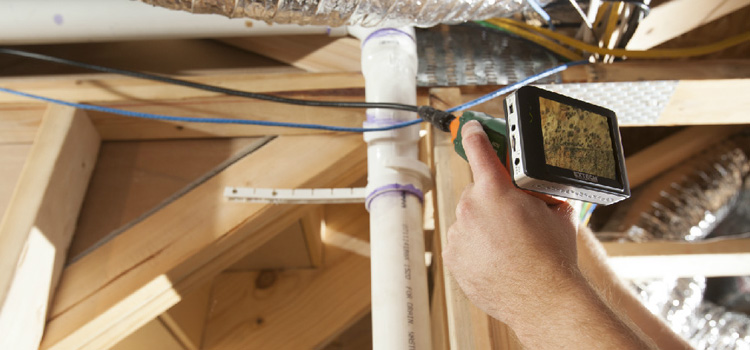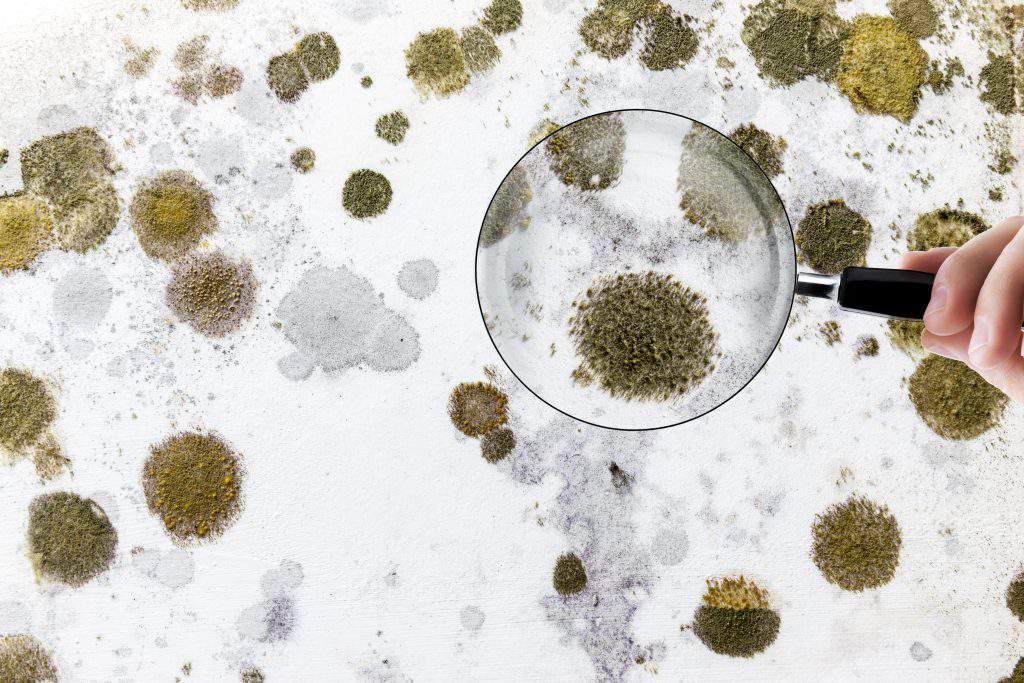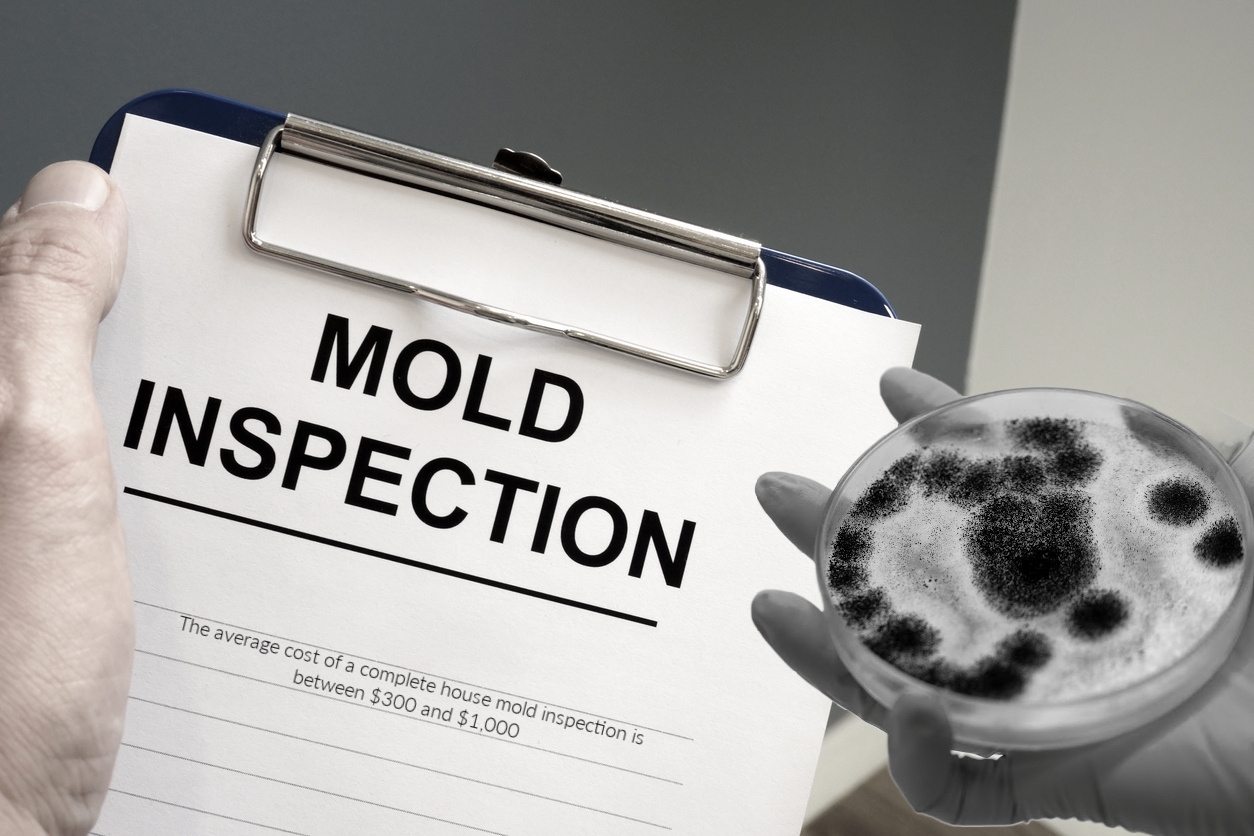After Mold Remediation Techniques for Clean Rooms
After Mold Remediation Techniques for Clean Rooms
Blog Article
Your Ultimate Overview to Post Mold And Mildew Remediation Methods
Navigating the world of post-mold removal strategies is a careful procedure that requires interest to information and an extensive understanding of the complexities included. In the results of mold problem, knowing how to properly get rid of the mold and stop its reoccurrence is paramount for keeping a healthy and balanced interior setting. From selecting the right cleaning and sanitizing methods to executing methods for lasting mold and mildew avoidance, each action in the remediation journey plays a vital duty in making certain a successful end result. As we start this expedition of post-mold remediation methods, we will discover the crucial approaches and best methods that can assist you restore your area to its pre-mold condition and protect it versus future mold hazards.
Understanding Post-Mold Remediation Process
After completing the mold and mildew remediation procedure, it is critical to understand the post-mold removal techniques that are essential to make certain a comprehensive and efficient cleaning. As soon as the mold and mildew has been removed, the next action involves cleansing and sanitizing the influenced areas to prevent any type of regrowth of mold and mildew.
Furthermore, performing a final inspection post-remediation is important to ensure that all mold has been successfully gotten rid of. If the examination reveals any kind of sticking around mold, additional remediation might be essential.
Efficient Cleansing and Disinfecting Techniques

Protecting Against Future Mold And Mildew Growth

Relevance of Correct Air Flow
Correct ventilation plays a crucial duty in avoiding moisture build-up, a vital variable in mold development within interior settings. Effective ventilation systems assist remove excess humidity from the air, reducing the chances of mold and mildew spores finding the moisture they require to sprout and spread out. Without ample ventilation, interior areas can become a reproduction ground for mold, bring about prospective health risks and structural damage.
By making certain proper air circulation, ventilation systems can also help in drying out damp areas faster after water damages or flooding incidents, further deterring mold development. Post Mold Remediation. In areas like washrooms, attic rooms, kitchen areas, and basements where wetness degrees have a tendency to be greater, installing and preserving efficient air flow systems is important in avoiding mold and mildew problems

Tracking and Upkeep Tips
Offered the important function that proper ventilation plays in stopping mold and mildew development, it is vital to develop reliable surveillance and upkeep ideas to guarantee the ongoing functionality of air flow systems. Routine evaluations of air flow systems need to be carried out to check for any kind of indications of obstructions, leakages, or breakdowns that might hinder correct air movement. Monitoring moisture degrees within the home is also crucial, as high humidity can add to mold development. Installing a hygrometer can help track humidity levels and alert home owners to any spikes that might need focus. Additionally, guaranteeing that air filters are regularly cleaned or replaced is necessary for maintaining the effectiveness of the ventilation system. Executing a timetable for regular upkeep tasks, such as duct cleansing and HVAC system assessments, can help prevent problems prior to they rise. By staying conscientious and positive to the problem of air flow systems, homeowner can successfully minimize the threat of mold regrowth and preserve a healthy interior setting.
Conclusion
To conclude, post-mold remediation techniques are essential for guaranteeing a clean and risk-free atmosphere. Recognizing the procedure, executing reliable cleansing and decontaminating methods, stopping future mold development, preserving appropriate ventilation, and routine tracking are all critical action in the remediation process. By following these standards, you can efficiently remove mold and prevent its return, functioning or promoting a healthy living navigate to this site area for all residents.
In the after-effects of mold and mildew problem, knowing exactly how to efficiently eradicate the mold and prevent its reoccurrence is critical for preserving a healthy and balanced indoor atmosphere. As soon as the mold and mildew has actually been eliminated, the next step entails cleansing and disinfecting the influenced locations to prevent any kind of regrowth of mold - Post Remediation Inspection near me. After getting rid of visible mold and mildew growth, it is crucial to clean up all surfaces in the afflicted location to eliminate any type of remaining mold spores. To further improve mold and mildew avoidance actions, it is vital to resolve underlying issues that at first led to mold advancement.Offered the vital role that proper air flow plays in avoiding mold growth, it is necessary to establish efficient monitoring and maintenance suggestions to make certain the ongoing capability of ventilation systems
Report this page